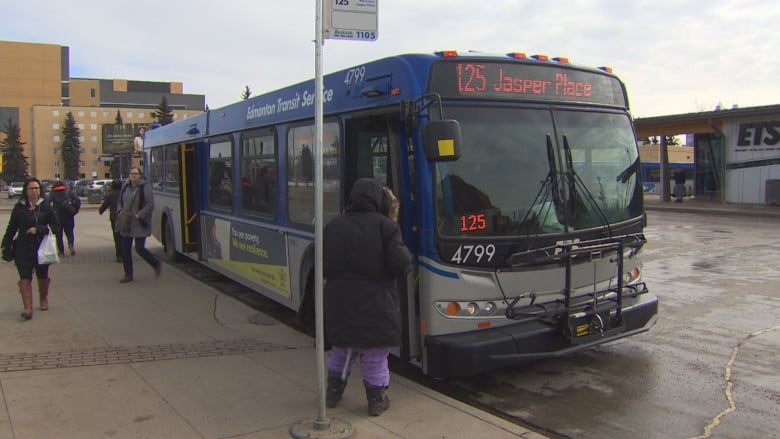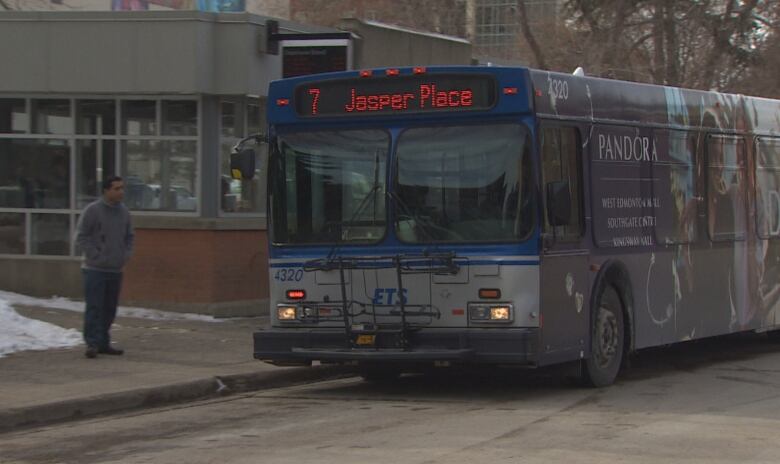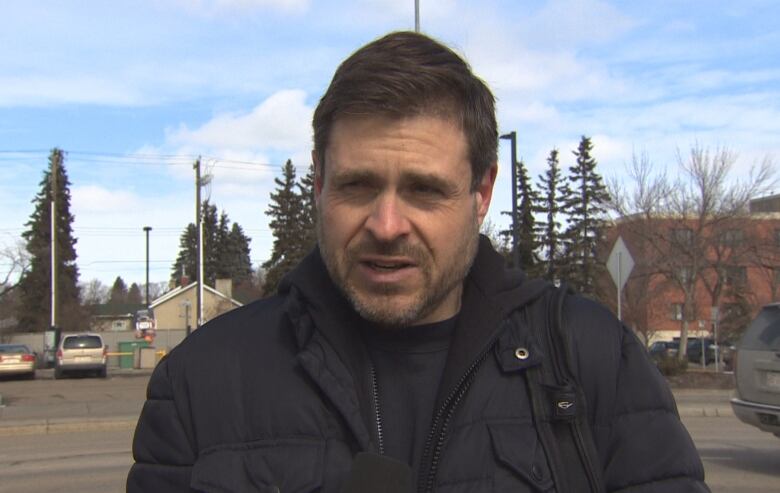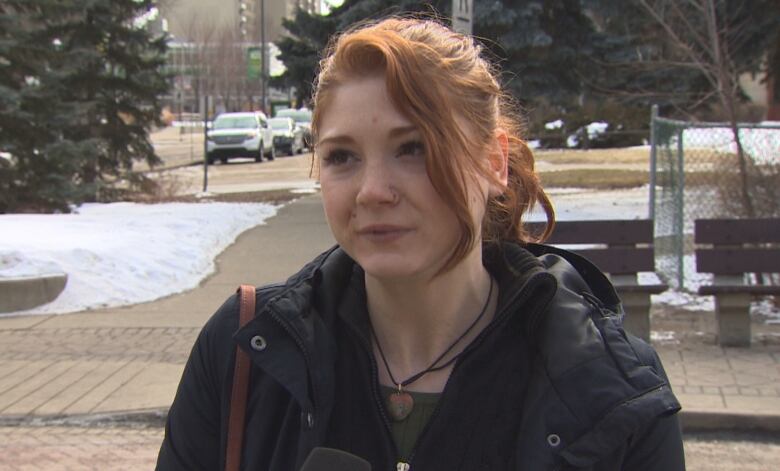Edmonton slashes 100 routes in proposed new bus system
Transit riders say they want buses more often on major routes

The City of Edmonton is doing a major overhaul of its bus-route network in an effort to get more people to take transit.
The city has released a draft plan of its transit strategy, approved by council last year, that showsthe new bus network.
"This initiative is redesigning our bus routes from scratch," Sarah Feldman, director of planning and scheduling at Edmonton Transit Service, said Thursday.
Feldman said the city got input from thousands of Edmontonians and the majority said they want more frequent bus service.
In the proposed redesign, the number of main routes is slashed from 200 to 100.

The new bus network will continue to provide local routes in neighbourhoods, but walking distances to bus stops may increase, the city said.
"It means there's an up to 10-minute walk in some areas of the city in order to provide these less circuitous routes that are no longer running through nooks and crannies in neighbourhoods,"Feldmansaid.
That 10-minute walk will prove difficult for some, MarkTetterington, president of theAmalgamated Transit Union, toldCBCNews.
"Those who are mobility challenged are going to suffer because there's certain areas where they're going to have to walk up to 800 metres to catch a bus."
- Edmonton Transit fares going up in February
- Edmonton plans to buy only electric transit buses beginning in 2020
Tetteringtonsaid the proposed changes remind him of lastJune, when the city cut neighbourhood routes.
"There's an uproar from some of the people that have to walk now further," he said Thursday. "They're not too happy at all that there is no more bus service in those areas, or less frequent bus service.
"Especially some of the older folks, because they rely on the bus."
Tetteringtonsuggests the city include a "bus-on-demand" option, where one bus would cover three routes.
"It kind of compensates for the low ridership areas, where you'll have that bus serving those areas.It might be less frequent, but it gives those people the service they need."
Four types of buses
The draft plan includes frequent buses on major corridors in inner areas and to some extent, outer areas. Buses on these routes will run every 15 minutes or better on weekdays and Saturdays, and every 20 minutes or better during late nights and Sunday.
Other buses, on what the city calls "rapid bus routes,"will connect areas of the city that don't have LRT service to major destinations such as downtown, the University of Alberta and shopping centres.
Crosstown routes will connect major destinations in outer areas of the city without having to go through downtown or travel on neighbourhood roads. They will run every 20 to 30 minutes.

The changes don't include community and school buses.
People living in the inner parts of the city said they want more frequent service while residents in outer areas said they want more buses during rush hour or peak service.
Riders talk
At transit terminals north and south of the river, riders all spoke of the need to have more frequent buses.
Mark Genest is a regular rider of the No. 9 bus.

He would also like to see the double-length, accordion-style buses running later than the current cut-off time of 6 p.m. When the regular sized buses start running again, "it kind of crams us in like sardines," he said.
Amanda Legare lives in Clareview and was getting off the bus at the University transit centre Thursday afternoon.

She said it takes aboutan hour and a half to get to the Whyte Avenue area from Clareview.
"It's not very fast and that's kind of disappointing," she said.
She would like to see the buses from Clareview run every 15 to 30 minutes instead of every hour.
Boost ridership
Besides improving service, the main reason behind the redesign to get more people to take transit.
"We believe this will increase ridership," Feldman said. "We've seen in other cities in North America that have recently done a comprehensive redesign of the network that their ridership is going up."
Overall transit ridership in Edmonton has been on a downward trend since 2013, with the city losing out on aprojected $4.1 million in 2017 because of lower ridership.
From April 12 until June 14, Edmontonians can complete an online survey or attend a drop-in community workshop to help refine the draft bus route network. A total of 24 workshops will be held throughout the city.
For more information on workshop locations and times, and to complete the online survey, visit edmonton.ca/newbusroutesand click on "public engagement."
Transit staff will present a final redesign to council in 2019 before developing the new bus schedules. The revamped service is scheduled to start in summer of 2020.
The plan doesn't require additional buses or drivers and will not increase the transit budget, Feldman said.
The ETS operating budget in 2018 is $365 million.












_(720p).jpg)


 OFFICIAL HD MUSIC VIDEO.jpg)
.jpg)



























































































